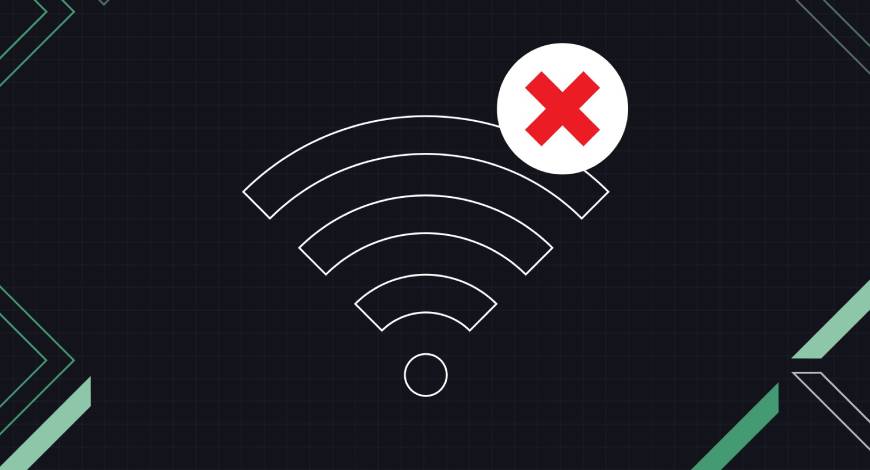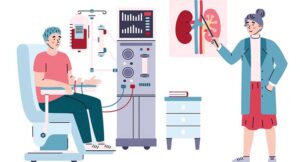India, among many other countries across the globe, witnessed a sudden rise in COVID-19 cases. Triggered by four new Omicron sub-variants—LF.7, XFG, JN.1.16, and NB.1.8.1—several fresh cases emerged across India until Friday. On 20 June, positive cases witnessed a gradual decline. While the daily case numbers are dropping and the overall severity has remained low, health experts caution that the situation is far from over.
Decline in Covid cases, how safe is India?
India’s active COVID-19 caseload dropped to 5,976 on Friday, marking a decline from 6,483 cases reported the previous day.
Narayana Health City’s Dr Nidhin Mohan from general medicine told Livemint, “New COVID-19 variants tend to spread more rapidly and may be less responsive to existing vaccines.”
According to doctors, these new sub-variants are highly transmissible but have not shown signs of causing more severe illness than earlier strains. The similarity is that those with compromised health and kids are at risk.
Dr Michelle Shah, Pediatric Lifestyle Medicine Specialist, pointed out, “These four sub-variants (LF.7, XFG, JN.1.16, and NB.1.8.1) are part of the evolution of the Omicron lineage. What we’re seeing is increased transmissibility. JN.1.16, a descendant of the widely circulating JN.1, has shown dominance in India. All these mutations are adept at immune escape, which is why reinfections occur, even in vaccinated individuals. However, vaccines continue to offer robust protection against severe disease and hospitalisation.”
What to watch out for
The new strain comes with mild symptoms– fever, continuous cough, loss of appetite or razor-blade sore throat.
“By and large, symptoms are mild. Patients with fever, cough or red nose were particularly affected,” shared Dr Umang Agrawal, who handles infectious diseases at P. D. Hinduja Hospital & Medical Research Centre, Mahim, Mumbai.
“Mild doesn’t mean negligible. People should watch for prolonged fatigue, chest discomfort, shortness of breath, or high-grade fever lasting more than 3 days. Also, if someone feels better and then worsens after a few days, that could be a sign of a secondary infection or post-viral inflammation. In children, elderly and immunocompromised, even low-grade symptoms warrant medical attention,” warns Shah.
“Typical current symptoms are very similar to the common cold: sneezing, runny nose, sore throat, dry cough, and mild fever. Some also experience a persistent cough that interrupts sleep, fatigue, or shortness of breath or chest discomfort (which anyone with existing conditions should be concerned about). In some cases, COVID symptoms are not even respiratory symptoms at all: gastrointestinal symptoms or neurological symptoms. Rarely, there can be mild clotting issues,” explains Dr Raja Dhar, Director & HOD of Pulmonology at The Calcutta Medical Research Institute.
Long-term effects remain unknown
Despite mild symptoms, medical professionals warn that long-term effects are still not fully understood.
“The concern around long COVID or post-COVID syndrome remains in the conversation, but it has certainly had lower proportions of the diseased assessed as milder. When we looked at the studies during the earlier Omicron waves, about 20 per cent of people reported long-term symptoms. However, that number has now decreased. Many will still experience some residual effects of fatigue, muscle pain, changes to mood, and changes to sleep, which are typical residual symptoms following many viral infections. While not completely absent, the risk of longer-term complications with these newer sub-variants appears to remain low,” Dhar noted.
Who is at risk now?
Since January, over 100 COVID-related deaths have been reported in India, mostly among those with pre-existing health conditions. This highlights the ongoing danger for the elderly and immunocompromised.
“It’s a reminder that for vulnerable groups, COVID-19 is still very much a threat. Pre-existing conditions like heart disease, diabetes, and compromised immunity greatly increase the risk of complications, even from supposedly ‘mild’ variants. We need to ensure these individuals are prioritised for early treatment,” Shah observed, underscoring the risky attitude of those putting their guards down after the decline in COVID-19 cases.
Kerala, Gujarat, Karnataka, and Delhi have seen more cases than other regions. Experts attribute this to factors like higher population density, increased testing, and more frequent travel.
“All these states have almost always been among the first to witness a surge in COVID cases through all waves, including Omicron, primarily because of a high degree of intrastate and interstate movement, urban density, and travel, both domestic and international,” says Dhar.
Advice for the public
Doctors advise people should continue following basic precautions to protect themselves and others.
During any surge in cases, one must be extra cautious, especially in public and crowded places.
Annual COVID vaccination is necessary, particularly for high-risk groups. LiveMint









